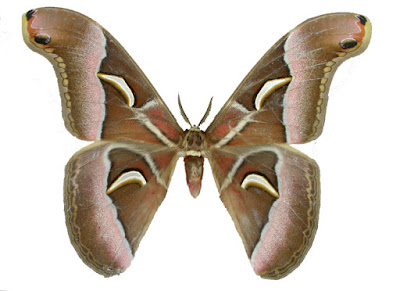A quick guide for preparing butterfly specimens, step by step:
1. Insect specimens as butterflies, moths, dragonflies were collected from the field and keep in dried condition with folded wings and in the butterflies envelope.
2. Before mounting the specimens, we need to relax them and make them flexible wings/body, preparing a plastic box with lid.
3. Preparing a rack that fit on the plastic box, you can find the similar items or just make an rack on your way with stick and some wood pieces. In this case I used a plastic rack.
4. And set the rack into the box
5. Add the room temperature water to the box. DO NOT USE HOT WATER and keep the water lever lower than the upper surface of the rack (keep the rack surface be dried). The hot water with steam as well as wet and sticky surface rack will be reason that the wings of butterflies lose the scales.
6. Release the butterfly from its envelope and carefully put them on the rack.
7. You also can keep put the whole envelope with butterfly inside on the rack, however I hate to open wet envelope after that. You also can access several specimens at same time.
8. Close the lid of the plastic box in several hours, time up to how your specimens dried. An overnight duration is an usual standard, in some case it take some days.
9. Check the specimens if they are flexible by an insect forceps. Only begin mounting the butterfly as you sure that the wings can open easily and flexible.
9. Mounting the butterfly with a foam board and insect pins.
10. And compile pinning the specimen, keep them dried in room temperature or you can put them in an incubator but do not set the temperature too high. You also can keep the pined specimens in a box with silica gel or just simple keep them in a dried room.
11. Add data label and keep them in entomological collection box.






































